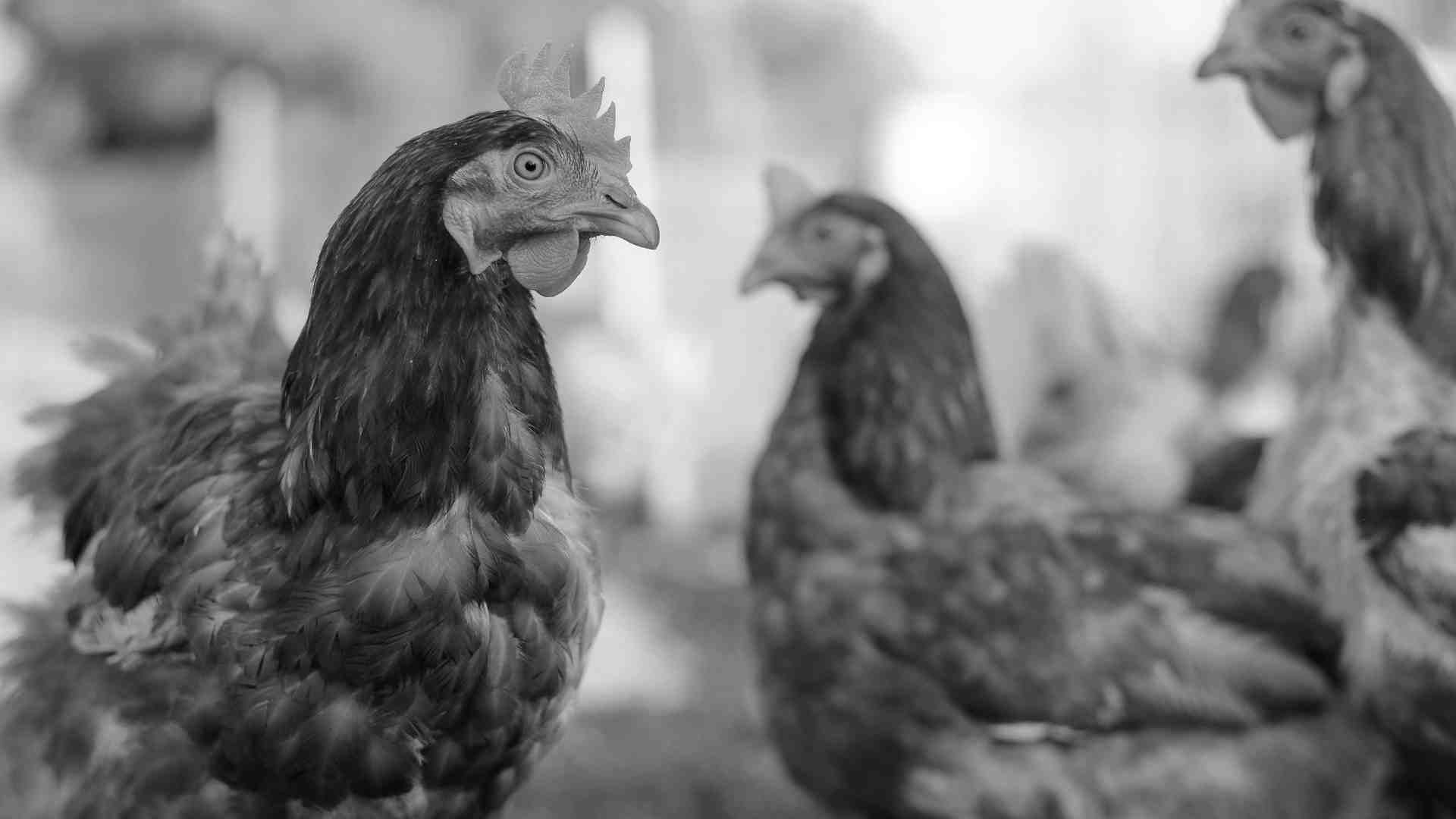
Improved poultry production systems
Non Plot level Diversification
Overview
This pathway was implemented in the villages of Uttor Borokhata and Poschim Sarodubi in the Borokhata region of Bangladesh with the vision of improving the scale of native poultry rearing and increasing income for local farmers. The choice of native poultry as the primary diversification option in these non-plot level diversification villages in Rangpur is well-suited to the local context for several reasons. Native poultry requires lower investment and carries reduced risks compared to other farming alternatives, such as goat farming. Additionally, poultry farming aligns with the existing infrastructure and local conditions, making it a practical and financially viable option. The relatively low maintenance and adaptability of native poultry further contribute to its potential as a profitable livelihood activity for smallholder farmers. Moreover, providing education on scientific rearing practices and vaccination can significantly enhance the productivity and sustainability of poultry farming, ensuring long-term success for farmers in the region.
Who is working in the Pathway
The partners for this activity include RDRS, CIMMYT, the Department of Livestock Services (DLS) Bangladesh, and LSP support for vaccinations.
Activities
Planned activities for the native poultry pathway
Identification of implications of native poultry rearing on women's economic status: Assess the impact of poultry farming on women's income and empowerment in the community.
Identification of low-cost feed and housing options: Research and identify affordable and sustainable feed and housing solutions for poultry.
Identification of appropriate crossbreed of native chicken: Select the most suitable crossbreed of native chicken for the local conditions and productivity.
Learning visit to poultry value chain project of RDRS: Organize a visit for farmers to learn from successful poultry value chain projects implemented by RDRS.
Ideal poultry rearing situation demonstration in 2 villages: Set up demonstration sites in two villages showcasing best practices in poultry rearing.
Learning classes and practical training for 20 farmers (majority women): Conduct 2–3-day training sessions on poultry management, focusing on both theoretical learning and hands-on experience.
Leaflet and poster distribution on native chicken rearing: Provide educational materials to raise awareness about effective native chicken farming practices.
Selection of the most viable poultry rearing options: Evaluate and select the most appropriate rearing systems, such as hajol, cage systems, or free-range, based on local conditions and farmer preferences.
Local service provider identification for poultry services: Identify and connect with local service providers who can offer essential services like vaccination and health care.
Organize mass vaccination in the relevant villages: Conduct large-scale vaccination campaigns to protect poultry from diseases and improve overall health.
Engaging DLS for vaccination support and advisory services: Work with the Department of Livestock Services (DLS) to provide vaccination and advisory support to farmers, ensuring the sustainability and profitability of poultry farming.
Engaging private sector/LSP for vaccination and advisory services: If DLS services are not available, collaborate with private sector providers or local service providers (LSP) to ensure access to essential services.
Results for each year – achievements and what we have learned
In the first year of implementing the native poultry pathway, significant progress was made in empowering women farmers and improving poultry farming practices. A total of 34 women farmers were trained on poultry rearing, focusing on practical and theoretical knowledge to enhance their skills. Ten group meetings were organized to encourage collective learning and community engagement. Extension materials, including informative leaflets, were developed and distributed to support farmers in adopting best practices. Two successful poultry rearing demonstrations were set up in the villages, showcasing ideal farming techniques. These activities have helped build local capacity, improved understanding of poultry management, and laid the groundwork for scaling up poultry farming in the community.

Case Study Report
Improved Native Chicken Rearing
Farm Household Livelihood Diversification: Trade-offs & Synergies

